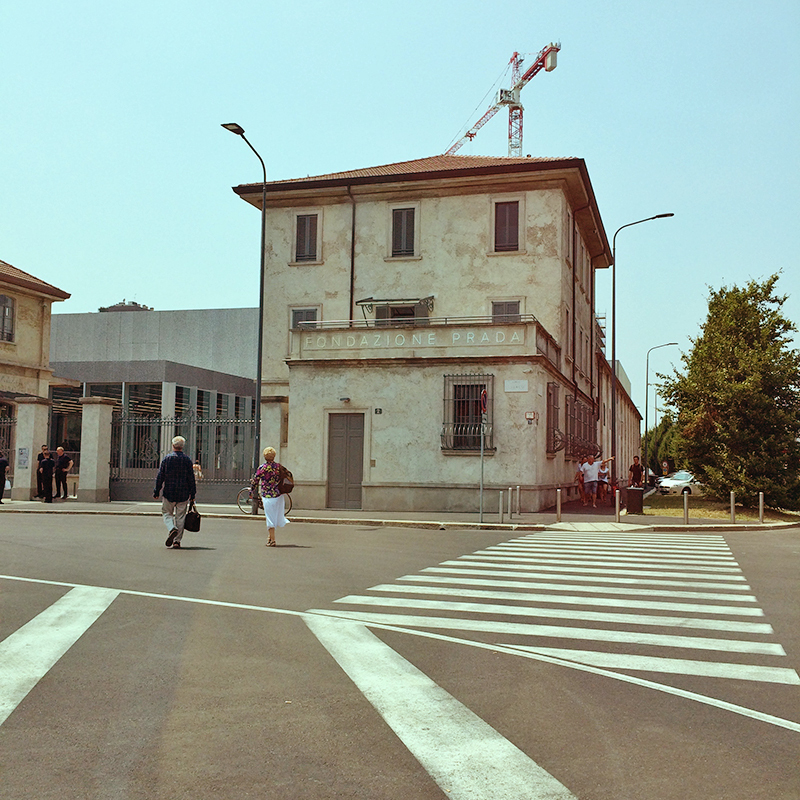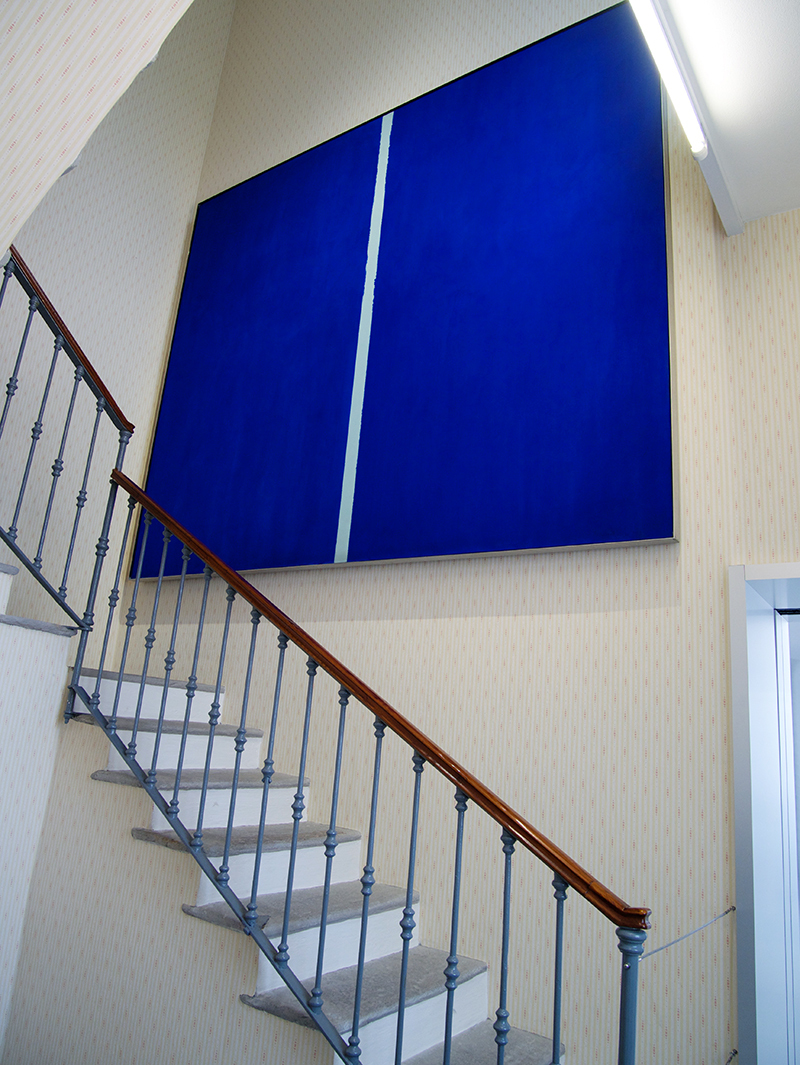
R
E
V N
E
X
T
In May, the 22-year-old Fondazione Prada—the cutting-edge, cultural nonprofit organization run by the Italian luxury fashion house, itself internationally renowned for its handbags and clothing line coveted by fashionistas around the world—opened its new Milan venue in an old distillery dating back to 1910, in the southern part of the city. The new site is comprised of seven pre-existing buildings (comprising warehouses, laboratories and a brewing silo) along with three new structures developed by Rotterdam-based architecture studio Office for Metropolitan Architecture (OMA). Rem Koolhaas, a founding partner of OMA, which has worked on numerous architectural projects including those in Qatar, Taiwan and China, describes the Fondazione’s Milan venue as “not a preservation project and not a new architecture. Two conditions that are usually kept separate here confront each other in a state of permanent interaction . . . By introducing so many spatial variables, the complexity of the architecture will promote an unstable, open programming, where art and architecture will benefit from each other’s challenges.” The new site also summarizes the Fondazione’s cultural statement, which says, “Our main interest is ideas and the ways in which mankind has transformed ideas into specific disciplines and cultural products: literature, cinema, music, philosophy, art and science. With the new venue, the Fondazione’s range of knowledge will be expanded. Each field will be afforded its autonomy, but have the same overall aim. They will co-exist with one another, leading to unpredictable resonances and cultural intersections.”




